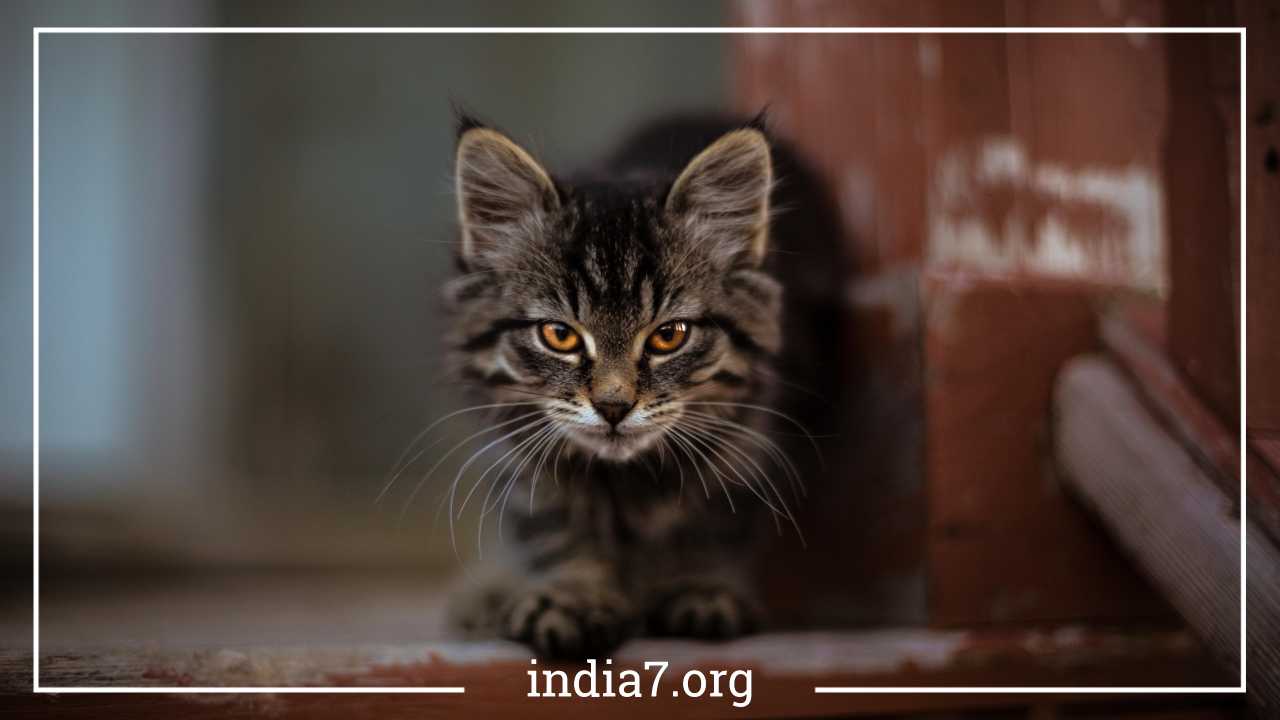The Controversy of Cat Declawing: Understanding the Cruelty and Alternatives

Cat Declawing
Cats are fascinating and beloved companions in countless households around the world. Their graceful movements, playful antics, and independent nature make them cherished pets. One of the defining characteristics of cats is their retractable claws, which serve a multitude of purposes in their daily lives.
Unfortunately, some cat owners consider declawing as a solution to protect their furniture or carpets. In this comprehensive exploration, we will delve into the intricacies of cat claws, the controversial practice of declawing, and alternative methods to address scratching behavior while preserving the physical and emotional well-being of our feline friends.
Understanding the Importance of Cat Claws
To comprehend why declawing is a contentious and inhumane procedure, we must first grasp the vital role that claws play in a cat’s life. Cat claws are versatile and multifunctional tools that serve various essential functions:
- Balancing: Cats rely on their claws for balance, especially when climbing or leaping onto high surfaces. The retractable nature of their claws allows them to extend and retract for enhanced stability.
- Climbing: Cats are natural climbers, and their claws enable them to grip onto vertical surfaces like trees or furniture. This ability is not only crucial for their physical exercise but also for escaping potential threats.
- Stretching: Stretching is a fundamental part of a cat’s daily routine, helping them maintain muscle tone and flexibility. Claws play a significant role in this process by allowing them to dig into surfaces for a satisfying stretch.
- Walking and Running: Claws provide traction when cats walk or run, preventing slips and falls. They also aid in digging into surfaces when running to change direction quickly.
- Self-Defense: Cats’ claws are their primary means of self-defense against other animals and potential threats. When faced with danger, a cat may use its claws to fend off attackers or escape from harm.
- Covering Waste: Cats instinctively use their claws to cover their waste with dirt or sand in a litter box, helping maintain hygiene.
- Territory Marking: Cats have glands in their paws that secrete a scent when they scratch surfaces. This scent marks their territory and communicates with other cats, though it’s often undetectable to humans.
- Shedding Old Claw Layers: Cats periodically shed the outer layers of their claws by scratching surfaces, revealing new, sharper claws beneath.
The Controversy Surrounding Declawing
Declawing, also known as onychectomy, is a surgical procedure in which a cat’s claws are amputated at the last joint of each toe. This procedure is irreversible and has faced significant criticism from veterinarians, animal welfare organizations, and ethical pet owners for several reasons:
- Physical Pain: Declawing is a painful procedure. It involves the amputation of bone, tendons, and nerves, which can lead to long-term physical discomfort and chronic pain for the cat.
- Behavioral Changes: Cats that have been declawed often exhibit behavioral changes. The pain and loss of their primary defense mechanism can lead to increased anxiety, aggression, and stress.
- Altered Gait: Declawed cats may experience changes in their gait and balance due to the removal of their claws. This can affect their ability to move gracefully and may lead to joint problems over time.
- Inability to Climb: Climbing is a natural behavior for cats, but declawed cats may struggle to do so effectively or safely. They lose a valuable means of exercise and enrichment.
- Psychological Distress: Cats rely on their claws for various aspects of their mental and emotional well-being. The loss of this essential feature can result in psychological distress and a diminished quality of life.
- Ineffective Scratching: While declawed cats may still attempt to scratch, they are often less effective at doing so. This can lead to frustration and the development of other destructive behaviors.
- Bathroom Issues: Without claws to cover their waste, declawed cats may struggle to use a litter box effectively, leading to hygiene problems.
Given these concerns, many countries, states, and municipalities have banned or strictly regulated declawing procedures. The American Veterinary Medical Association (AVMA) and the American Animal Hospital Association (AAHA) also oppose declawing for non-therapeutic purposes, emphasizing the importance of considering alternative solutions.
Alternative Solutions to Address Scratching Behavior
It’s crucial to acknowledge that scratching is a natural and instinctive behavior for cats. Instead of resorting to declawing, responsible pet owners can implement alternative methods to address scratching behavior while preserving their cat’s well-being. Here are some compassionate alternatives:
- Provide Scratching Posts: Scratching posts are essential tools to redirect a cat’s scratching behavior. They offer a designated surface for cats to scratch, satisfying their natural instincts. To encourage use, choose posts with various textures and orientations, such as vertical and horizontal scratching posts. Place them strategically in areas where your cat likes to scratch.
- Use Cat-Friendly Furniture: Invest in furniture or accessories designed specifically for cats. Cat trees, condos, and shelves provide opportunities for climbing and scratching. These additions not only enrich your cat’s environment but also protect your own furniture.
- Scratch Pads and Mats: Scratch pads and mats made from materials like cardboard or sisal can be placed in areas where your cat frequently scratches. These inexpensive options are replaceable and can be disposed of when worn out.
- Catnip and Attractants: Sprinkle catnip or use attractant sprays on the designated scratching areas to encourage your cat’s interest. This can make the chosen surfaces more appealing than your furniture.
- Regular Nail Trimming: Regular nail trimming is a non-invasive way to manage the sharpness of your cat’s claws. Consult your veterinarian or a professional groomer for guidance on safe nail trimming techniques.
- Soft Nail Caps: Soft nail caps, like Soft Paws, can be applied to your cat’s claws to prevent damage to furniture. These caps are temporary and will fall off as the cat’s claws naturally shed.
- Positive Reinforcement: Reward your cat with praise, treats, or affection when they use the designated scratching areas. Positive reinforcement can help reinforce the desired behavior.
- Deterrents: Use deterrents like double-sided tape or plastic mats on furniture surfaces to discourage scratching. Cats typically dislike the sticky texture, making them less likely to scratch there.
- Consult a Professional: If your cat’s scratching behavior persists despite your efforts, consult a veterinarian or a certified feline behaviorist. They can assess the underlying causes and provide tailored solutions.
- Regular Play and Interaction: Engage in regular play sessions with your cat to expend their energy and reduce stress. Interactive toys and puzzles can also keep them mentally stimulated.
Final Remarks
In summary, cat claws are integral to a cat’s physical and emotional well-being, serving various essential functions. Declawing, a controversial procedure with significant physical and behavioral consequences, should only be considered for therapeutic reasons and never for the convenience of protecting furniture or carpets. Instead, responsible pet owners should explore alternative solutions to address scratching behavior while ensuring their cat’s health and happiness.
By providing scratching posts, cat-friendly furniture, nail maintenance, and positive reinforcement, cat owners can create a harmonious environment that accommodates their feline companions’ natural instincts. It is our responsibility as pet owners to prioritize the welfare of our cats and seek humane solutions to common challenges, such as scratching behavior. In doing so, we can enjoy the companionship and unique personalities of our beloved feline friends while respecting their fundamental needs and instincts.



